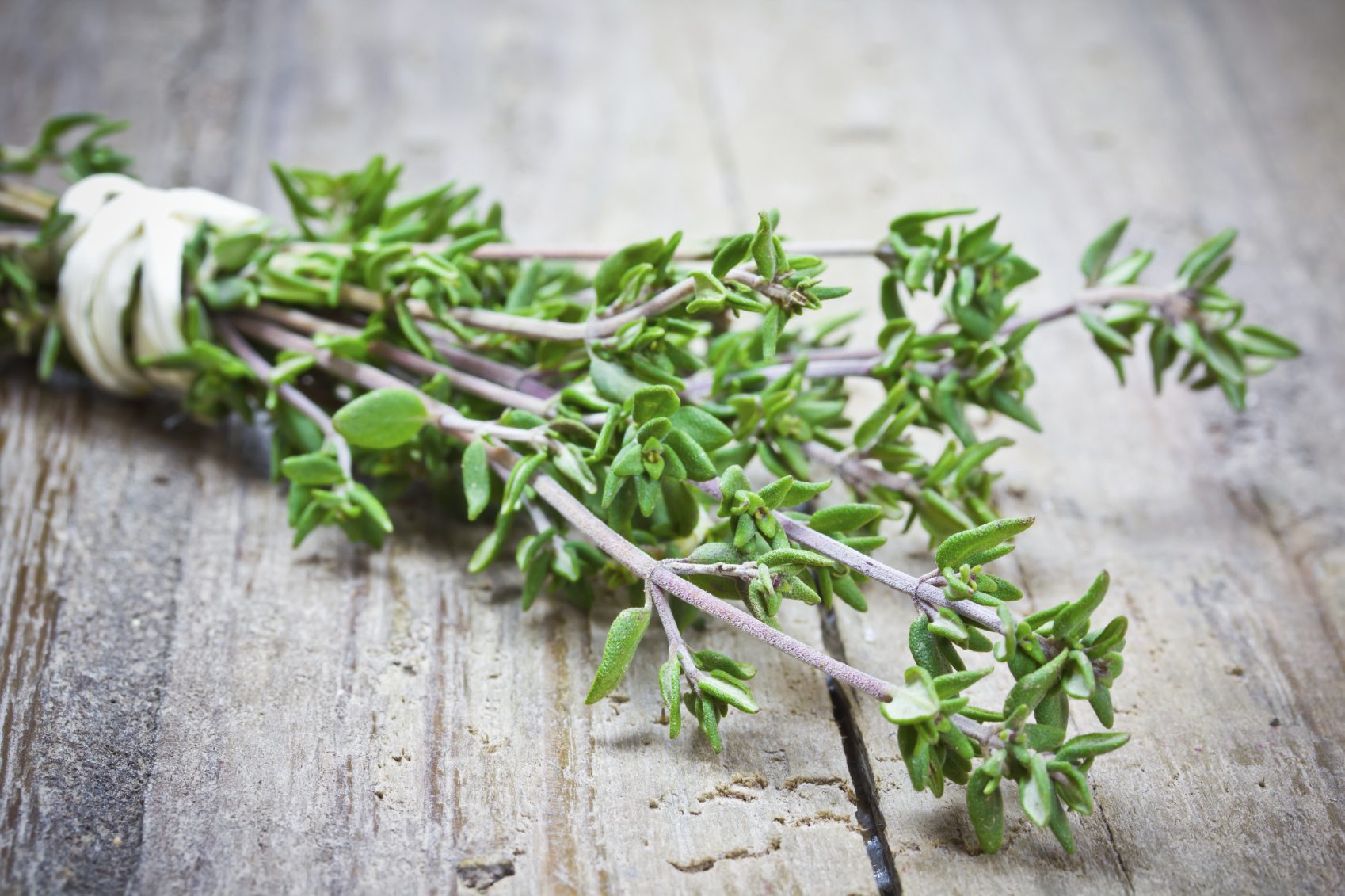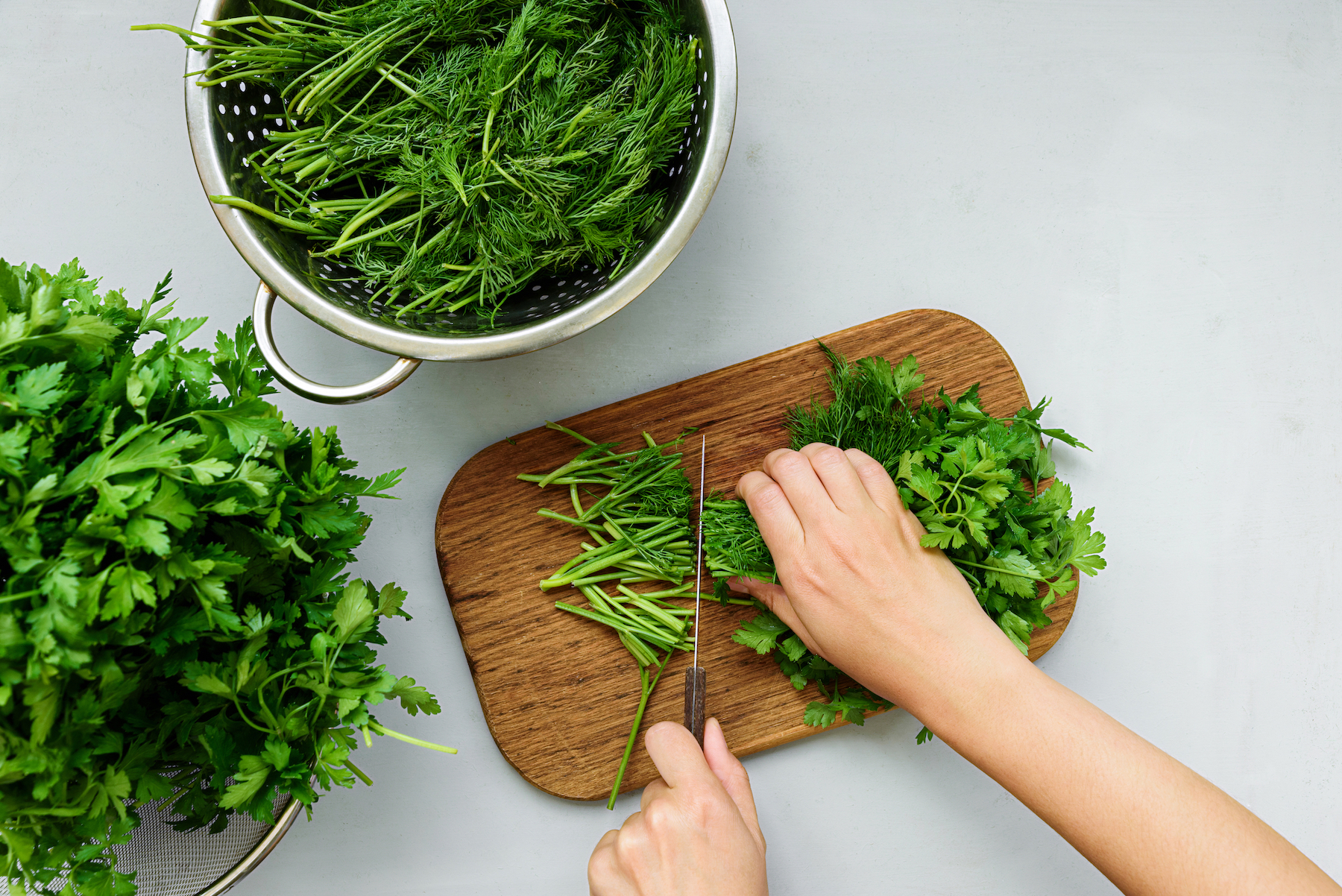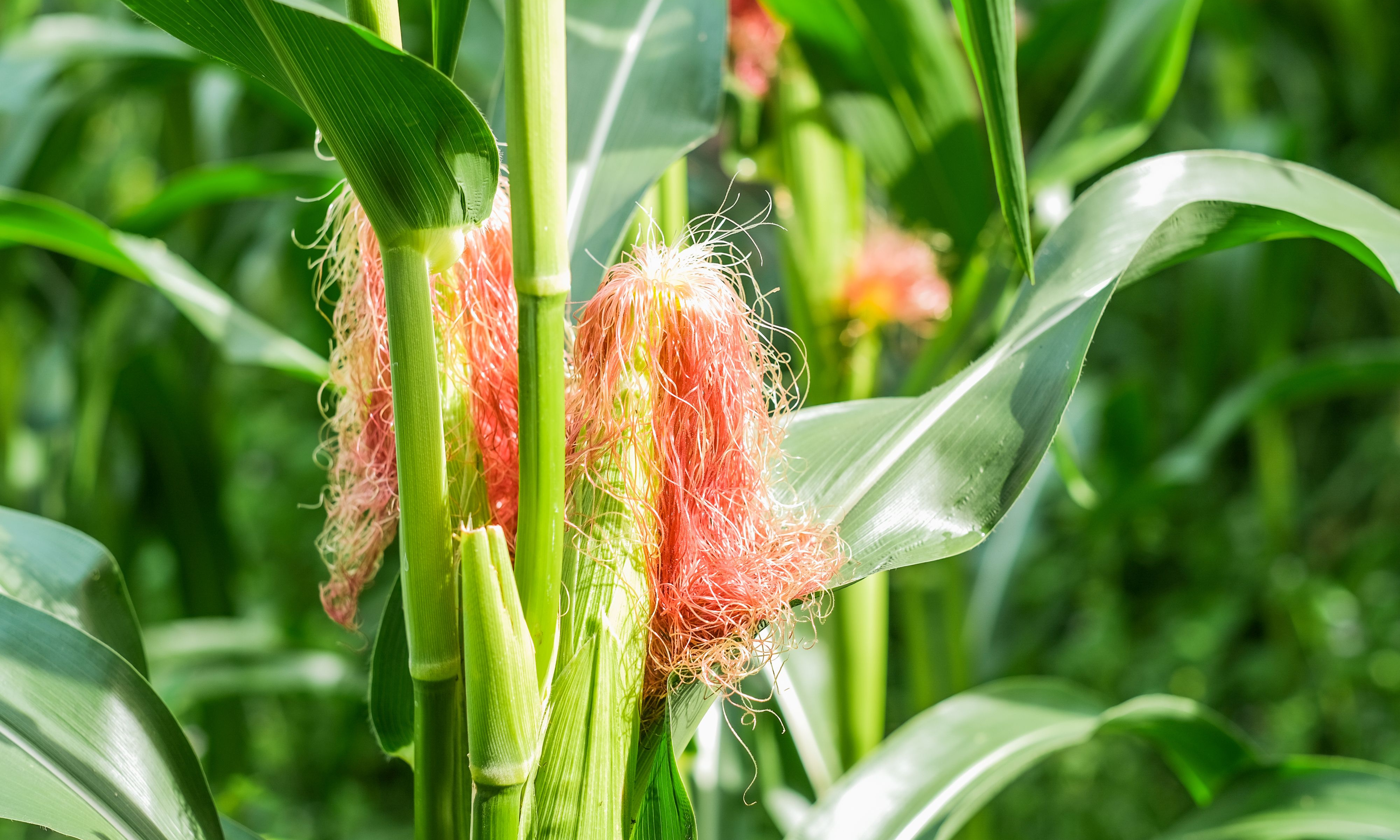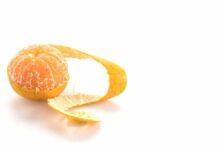
High blood pressure or hypertension is often discussed at doctor’s visits and frequently triggers a prescription. The National Heart, Lung, and Blood Institute warns that half of all Americans have high blood pressure, some without even knowing it.
Our blood pressure changes throughout the day. The problem is, if it stays high for too long, it can damage other parts of the body, thus prompting concerns from our physicians.
When we measure our blood pressure, there are two numbers you will hear. The first number is the systolic pressure. This is when the heart is pushing blood through our vessels. We want to keep systolic blood pressure at around 120. The second number is for the diastolic pressure, the pause between heartbeats when the heart is filling with blood. We want diastolic pressure at or below 80.
Those numbers are, as the Mayo Clinic explained, in units of millimeters of mercury or mm Hg. Our blood pressure readings usually look something like 120/80 mm Hg. Don’t worry about the units, the numbers are what matters.
We can check our blood pressure at the pharmacy if they have a digital blood pressure measurement machine or at the doctor’s office with a blood pressure cuff. We can check our blood pressure ourselves with a home blood pressure monitor. Blood pressure changes throughout the day. When we monitor our blood pressure, it’s important to be consistent.
Take blood pressure at around the same time, in the same position, and in the same state. Drinking, eating, smoking, or exercising can change the blood pressure reading, so it is a good idea to wait about 30 minutes after these activities before taking a blood pressure reading.
Even watching the news or thinking stressful thoughts may affect your blood pressure. In fact, so many people experience stress or discomfort when they go to the doctor’s office that it has led to a phenomenon called “white coat hypertension.” This refers to blood pressure readings that are higher at the doctor’s office than in other settings.
Not surprisingly, staying active, eating a healthy diet, not drinking or smoking, and managing stress can all help lower blood pressure, just as the opposite can cause high blood pressure. Vessels that are under too much pressure for long periods lose their elasticity and don’t work as well. Keeping blood pressure low can help with some of the risks associated with high blood pressure. To prevent problems like cardiovascular disease, kidney disease, and stroke, it helps to keep our heart and vessels working well under normal pressures.
Before a diagnosis of hypertension or high blood pressure, there are lifestyle changes we can make to help maintain normal blood pressure. These include changes to diet, activity, and stress levels. While these are important to help protect against damage caused by high blood pressure, there are also some helpful herbs we can add to our diet. Some herbs have similar medicinal actions to high blood pressure medications.
Using safe, small amounts of these herbs may help lower blood pressure. These herbs may also reduce the risk of the consequent damage of long-term high blood pressure. Along with other measures we undertake to control our blood pressure, using herbs may even reduce the potential of a high blood pressure diagnosis.
Medications may not be compatible with some herbs, so if you are taking medicines, follow the directions and advice of healthcare providers.
Blood Pressure Medications
There are several categories of medications that are prescribed to help manage high blood pressure. Some herbs mimic the actions of these medications. Or, it could be said that the discovery of such medications came from actions found in ancient, folk, and traditional medicines. The medicinal actions were often found in natural substances such as plants.
Diuretics, for example, help the body eliminate excess water and sodium by increasing urination. These are often called water pills and are prescribed to help patients with problems including hypertension. Many foods and herbs act as natural diuretics, such as dandelion, parsley, lemons, celery, cucumber, watermelon, and pineapple, as well as garlic, ginger, and onions.
In a research study published in Pharmacy and Therapeutics in 2014, Hypertension: Is It Time to Replace Drugs With Nutrition and Nutraceuticals?, researchers discussed the part nutrition plays in conventional medication therapy for high blood pressure.
When exploring natural compounds, they stated, “Many natural compounds in food, as well as certain nutraceutical supplements, vitamins, antioxidants, or minerals, can mimic drugs, functioning similarly to a specific class of antihypertensive medications (Table 1). However, they may be less potent and take longer to work than the antihypertensive drug. When used in combination with other nutrients and nutraceutical supplements, though, the antihypertensive effect can be magnified.”
Plant-Based Medicines to Treat High Blood Pressure
1. Thyme (Thymus vulgaris)

Thyme originates from the Mediterranean and has over fifty varieties, usually hardy, evergreen, woody perennials. It is drought tolerant, slow growing, and loves well-draining average soils. It doesn’t like to have wet roots and grows better in warm sunny weather.
Thyme is loved by bees and the low-growing herbs have flower spikes in mid-summer. To harvest thyme, prune new growth from stems, about 4 to 6 inches. The best time to harvest thyme is before flowering in late spring, usually, in the late morning after the morning dew has dried. Use thyme fresh within a few days of harvest. Thyme also freezes and dries well for future use.
Thyme Constituents and Healing Activity
Thyme has a bounty of medicinal actions including anti-inflammatory, antimicrobial, antioxidant, and anticancer effects. It has many phytonutrients, minerals, and vitamins as well as flavonoids and essential oils including thymol and carvacrol. There are eight phenolic acids in thyme including gallic acid, syringic acid, and rosmarinic acid. Rosmarinic acid is one of the main constituents of thyme and is known for many medicinal actions including treating high blood pressure. This study from 2017, showed rosmarinic acid reduced blood pressure in animal studies by acting as an angiotensin-converting enzyme (ACE) inhibitor. Other studies have shown that extracts of thyme contain rosmarinic acid. The extracts significantly decrease systolic and diastolic blood pressure in animal studies.
How to Use Thyme
Add thyme more often to dishes and look for recipes that inspire more thyme in the diet. Roasted potatoes or other roasted vegetables sprinkled with fresh, dried, or frozen thyme are extraordinary. Explore thyme in baked goods such as an onion thyme tart or lemon garlic thyme focaccia for delicious ways to use thyme.
Thyme supplements are available. Follow supplement directions. If you are already taking medications including ones to lower blood pressure, be sure to check with health care providers and supplement instructions for potential negative interactions.
2. Parsley (Petroselinum crispum)

Relegated to garnish status, the vibrant green, pretty, curled leaves of parsley do more than add contrast to a dinner plate. For those who do eat the garnish, you’ll know parsley helps to cleanse the palate and freshen the breath. But parsley has so much more to offer! This biennial plant packs nutrition and flavor in its abundant curled or flat leaves. The clean refreshing flavor, while undoubtedly pretty, has health benefits galore when added to salads, soups, sauces, marinades, as well as egg, and meat dishes.
Yet another Mediterranean herb, parsley likes a rich soil with lots of organic matter and a full sun location. Parsley grows easily from seed, sprouting in 10 to 14 days. It is a biennial, meaning it puts on a lot of delicious green growth in its first year. In the second year, parsley leaves are tougher and less flavorful because the plant is putting its energy into making seeds. Tall central stalks are topped with yellow flower clusters that develop into striped seeds in mid to late summer.
Parsley leaves can be curled or flat, depending on the variety. The robust leaves will last in the fridge for several days. They dry nicely for future use. They also freeze well. Harvest leaves from first-year plants early in the day from late spring through to late fall. Plunge leaves in cold salted water to remove any little visitors such as aphids. Use fresh or hang to dry in a dark location or a paper bag. Large clean bunches of fresh parsley can be pulverized in a food processor and packed loosely in containers or jars in the freezer. The frozen pulverized leaves can be scooped into soups, sauces, salads, and marinades at any time throughout the year.
Parsley is available fresh and dried from grocery stores. When parsley is in season, you can acquire a large amount and store it as described above. Parsley is also available as a supplement to use as a natural diuretic, for heart health, to aid digestion, and for its high nutrient and antioxidant qualities.
Parsley Constituents and Healing Activity
A large study of available research, from 1966 to 2013, that related to the ethnomedicinal uses, phytochemistry, and pharmacological activities of parsley, found this medicinal plant had a wide range of proven medicinal activity. Some of these actions were parsley’s antioxidant, brain-protective, anti-diabetic, analgesic, gastroprotective, antibacterial, and antifungal activities. In addition, parsley showed diuretic and hypotensive actions which had evidence of helping high blood pressure as well as cardiac disease.
A study from 2019 aimed to evaluate the antihypertensive activity of the aqueous extract of the parsley plant. While the study was an animal study, it did show the extract decreased systolic, diastolic, and mean arterial blood pressure. It concluded that “The study illustrates the beneficial action of P. crispum as an antihypertensive agent.”
How to Use Parsley
Add parsley to almost any meal. Whether sprinkled on top, incorporated into soups and sauces, or used as a complimentary garnish, parsley’s refreshing flavor has many health benefits and may help to maintain normal blood pressure. Try chimichurri, a marinade loaded with fresh parsley, or tabbouleh salad, which is packed with the bright flavors of parsley and lemon.
3. Corn Silk (Stigma maydis)

The delightful shucking of fresh corn comes with the finicky task of removing the long silky threads that grow just underneath the husks. Interestingly, there is one thread-like strand for each kernel of corn, and each strand, known as a stigma, pollinates each kernel.
Corn silk is often just headed for the compost bin. But, Traditional Chinese Medicine, as well as Native American medicine and others use corn silk as an herbal remedy. Traditional uses aided mental health, urinary tract infections, and heart disease.
The long threads are easy to collect when shucking corn cobs. It is best to use organic or homegrown corn. You can dry corn silk in a paper bag or on a tray, at room temperature, away from light. Collect strands, roll them into 1-to-2-inch nests like miniature pasta nests, and place them on a tray. Allow drying for 48 to 72 hours. Each corn silk nest is perfect for one cup of corn silk tea.
With corn season at its end in many places, corn silk is also available in dried form or as a supplement.
Corn Silk Constituents and Healing Activity
Corn silk has bioactive constituents such as flavonoids and terpenoids which have diuretic, antioxidant, and anti-hypertensive activity. A chemical made by the body called angiotensin-converting enzyme (ACE) plays an important role in maintaining blood pressure. Sometimes it works too well and can raise blood pressure by narrowing blood vessels. Inhibiting ACE is a common treatment for high blood pressure. Sometimes people with hypertension are prescribed ACE inhibitors to relax blood vessels to lower blood pressure. Corn silk tea has shown effects on ACE activity. A water extract of corn silk, in this animal study, significantly reduced systolic blood pressure levels and inhibited ACE activity.
How to Use Corn Silk
Tea or supplement are the common ways to use corn silk. To make corn silk tea, use a teaspoon of dried corn silk to one cup of boiling water. Allow to steep for 5 to 10 minutes. Enjoy with a little lemon and honey or the flavoring of your choice.
Corn silk is nontoxic and this Korean study shows very high doses did not cause mortality or abnormal findings in animal subjects. Daily doses of corn silk are likely safe for most people. Start with a low dose to observe how your body reacts and check for any negative effects such as allergic reactions.
Blood Pressure Maintenance Bedtime Tea
While never a recommendation to replace doctor-prescribed or recommended medications, this tea, in conjunction with lifestyle changes, may help maintain normal blood pressure.
- ¼ teaspoon dried thyme leaves or ½ teaspoon fresh thyme leaves
- ¼ teaspoon dried parsley leaves or ½ teaspoon fresh parsley leaves
- ¼ teaspoon dried corn silk or ½ teaspoon fresh corn silk
- 1 to 2 cups of high-quality boiling water.
For those who don’t like getting up to use the bathroom at night, take this tea two hours before bedtime.
Caution
Traditional plant-based medicines have been used for centuries and may be generally regarded as safe. However, it is true our world is not what it was centuries ago. Where plants grow, and how they are cultivated, harvested, and processed may change the chemical composition of their medicinal properties. Just like prescription and over-the-counter medicines, plant-based medicines may interact with other medicines, have unknown side effects, or relate to allergies, sensitivities, or medical conditions.
With any new ingredient, you can do a small skin test. Place a small amount of herb on the skin and wait 24 hours. Any reaction such as discomfort, itchiness, or hives may be an indication of sensitivity. Be aware of potential contraindications with medications. Always check with your healthcare provider before starting new herbal remedies. If, when taking a remedy, symptoms persist or worsen, discontinue the use of the plant-based remedy.
Important Notice: This article was originally published at www.theepochtimes.com by Sherra Vorley where all credits are due.
Disclaimer
The watching, interacting, and participation of any kind with anything on this page does not constitute or initiate a doctor-patient relationship with Dr. Farrah™. None of the statements here have been evaluated by the Food and Drug Administration (FDA). The products of Dr. Farrah™ are not intended to diagnose, treat, cure, or prevent any disease. The information being provided should only be considered for education and entertainment purposes only. If you feel that anything you see or hear may be of value to you on this page or on any other medium of any kind associated with, showing, or quoting anything relating to Dr. Farrah™ in any way at any time, you are encouraged to and agree to consult with a licensed healthcare professional in your area to discuss it. If you feel that you’re having a healthcare emergency, seek medical attention immediately. The views expressed here are simply either the views and opinions of Dr. Farrah™ or others appearing and are protected under the first amendment.
Dr. Farrah™ is a highly experienced Licensed Medical Doctor certified in evidence-based clinical nutrition, not some enthusiast, formulator, or medium promoting the wild and unrestrained use of nutrition products for health issues without clinical experience and scientific evidence of therapeutic benefit. Dr. Farrah™ has personally and keenly studied everything she recommends, and more importantly, she’s closely observed the reactions and results in a clinical setting countless times over the course of her career involving the treatment of over 150,000 patients.
Dr. Farrah™ promotes evidence-based natural approaches to health, which means integrating her individual scientific and clinical expertise with the best available external clinical evidence from systematic research. By individual clinical expertise, I refer to the proficiency and judgment that individual clinicians acquire through clinical experience and clinical practice.
Dr. Farrah™ does not make any representation or warranties with respect to the accuracy, applicability, fitness, or completeness of any multimedia content provided. Dr. Farrah™ does not warrant the performance, effectiveness, or applicability of any sites listed, linked, or referenced to, in, or by any multimedia content.
To be clear, the multimedia content is not intended to be a substitute for professional medical advice, diagnosis, or treatment. Always seek the advice of your physician or other qualified health providers with any questions you may have regarding a medical condition. Never disregard professional medical advice or delay in seeking it because of something you have read or seen in any website, video, image, or media of any kind. Dr. Farrah™ hereby disclaims any and all liability to any party for any direct, indirect, implied, punitive, special, incidental, or other consequential damages arising directly or indirectly from any use of the content, which is provided as is, and without warranties.








